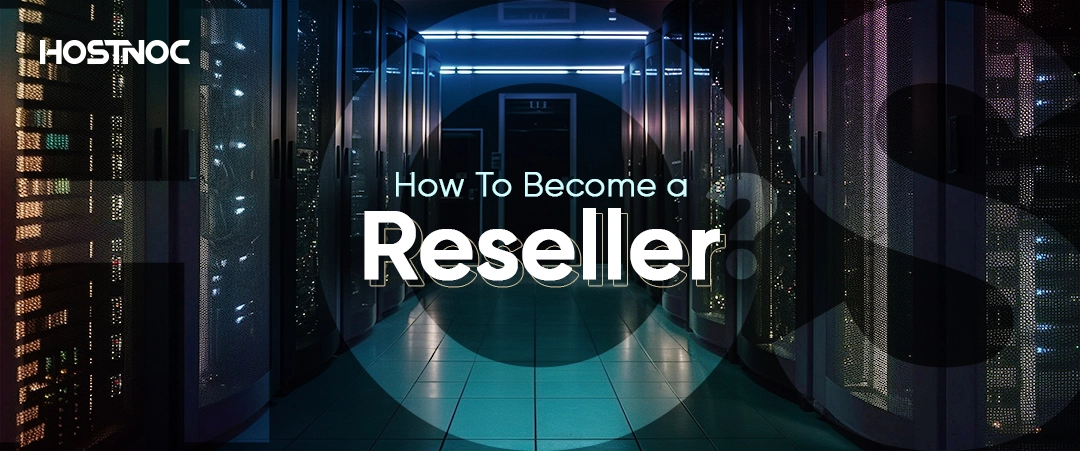Blogs
Selecting the right database management system (DBMS) is a critical decision for businesses, as it significantly impacts performance, scalability, and overall efficiency. Two popular choices in the relational database world are MySQL Vs Maria DB. Both of them share a common origin but have diverged over time, offering unique features and advantages.
Read more: How To Install Zabbix Monitoring On Ubuntu Server?
In this article, we will provide a comprehensive comparison of MySQL and MariaDB to help businesses make an informed decision based on their specific needs.
MySQL Vs Maria DB: A Comprehensive Comparison
History and Relationship:
MySQL was originally developed by a Swedish company, MySQL AB, and later acquired by Sun Microsystems and subsequently by Oracle Corporation. It has been a reliable and widely-used open-source relational database for decades. MariaDB is a fork of MySQL, created by the original developers of MySQL after concerns arose about the acquisition by Oracle. MariaDB aims to maintain open-source freedom and has become a popular alternative to MySQL.
Licensing:
MySQL is available under the GNU General Public License (GPL) or a commercial license. The General Public License version is free to use, but some organizations may choose the commercial license for additional features and support. MariaDB is distributed under the GNU General Public License making it open-source and free for use, modification, and distribution.
Performance:
MySQL and MariaDB share a common ancestry, and their performance is generally comparable. MySQL has a reputation for stability and efficiency, making it suitable for high-performance applications. MariaDB often introduces performance enhancements and optimizations. Some users report slight performance improvements with MariaDB, especially in certain workloads.
Features:
MySQL tends to have a more conservative approach to new features, focusing on stability and reliability. It offers features like subquery optimizations, advanced indexing, and a variety of storage engines. MariaDB is known for being more aggressive in adding new features. It includes additional storage engines, performance-related enhancements, and new SQL functions, providing users with cutting-edge functionalities.
Storage Engines:
MySQL supports popular storage engines such as InnoDB (the default), MyISAM, and MEMORY, each with its own strengths and weaknesses. MariaDB includes the same storage engines as MySQL and introduces new ones like Aria and TokuDB, which may offer specific advantages in certain scenarios.
Read more: How To Move WordPress Website To A New Domain Without Negatively Impacting SEO?
Another storage engine worth mentioning for MySQL and MariaDB is the RocksDB storage engine. RocksDB is an open-source, high-performance key-value store developed by Facebook. It is based on a log-structured merge-tree (LSM-tree) data structure and is designed for fast storage and retrieval of data.
Read more: Joomla vs WordPress: Which One You Should Choose in 2024?
RocksDB can be integrated with MySQL and MariaDB to provide benefits such as efficient write operations, lower disk input/output and improved performance for certain workloads, especially those involving heavy write operations. It is important to note that the availability and compatibility of storage engines can vary between MySQL and MariaDB versions, so users should refer to the documentation of the specific database management system version they are using for the most accurate and up-to-date information.
Community and Support:
MySQL benefits from Oracle’s backing, providing a well-established community and professional support options. The official documentation is comprehensive, and numerous online resources are available. MariaDB has a growing and active community. While it may not be as extensive as MySQL’s community, it offers robust community support forums and documentation. Some businesses prefer MariaDB for its community-driven development and open-source ethos.
Compatibility:
MySQL is widely used in various industries, ensuring compatibility with numerous applications, frameworks, and tools. MariaDB aims for full compatibility with MySQL, making it a drop-in replacement in most cases. Applications developed for MySQL can usually run on MariaDB without modification.
Security:
MySQL has a strong focus on security, providing features like user account management, encryption, and access controls. Security updates are regularly released. MariaDB inherits many security features from MySQL and introduces its own enhancements. Both databases are committed to addressing security vulnerabilities promptly.
Verdict
Choosing between MySQL Vs Maria DB depends on the specific needs and preferences of a business. MySQL with its long history, established support, and stability, is an excellent choice for organizations requiring a reliable and proven database solution.
On the other hand, MariaDB appeals to those seeking cutting-edge features, active community involvement, and a commitment to open-source principles. Ultimately, businesses should carefully evaluate their requirements, considering factors such as licensing, performance, features, and community support, to make an informed decision that aligns with their long-term goals and objectives.
Did this article help you in choosing between MySQL Vs Maria DB? Which one did you choose and why? Share it with us in the comments section below.
Muhammad Osama
Featured Post
Cloudflare Acquires Outerbase to Enhance AI Application Development
In a strategic move aimed at strengthening its platform for AI and database-backed application development, Cloudflare acquires Outerbase, a San Francisco-based developer database company. This acquisition, […]
IBM Acquires Hakkoda to Strengthen AI and Data Transformation Services
IBM acquires Hakkoda, a rapidly growing consultancy specializing in Snowflake and data modernization to bolster its data transformation and artificial intelligence capabilities. The deal positions IBM […]
UltraHost vs HostNoc: Which is the Best Hosting Provider for Your Needs?
Table of Contents UltraHost vs HostNoc Best Hosting Provider UltraHost Key Features: HostNoc Key Features: Performance Comparison: UltraHost vs HostNoc Customer Support: UltraHost vs HostNoc Pricing […]







